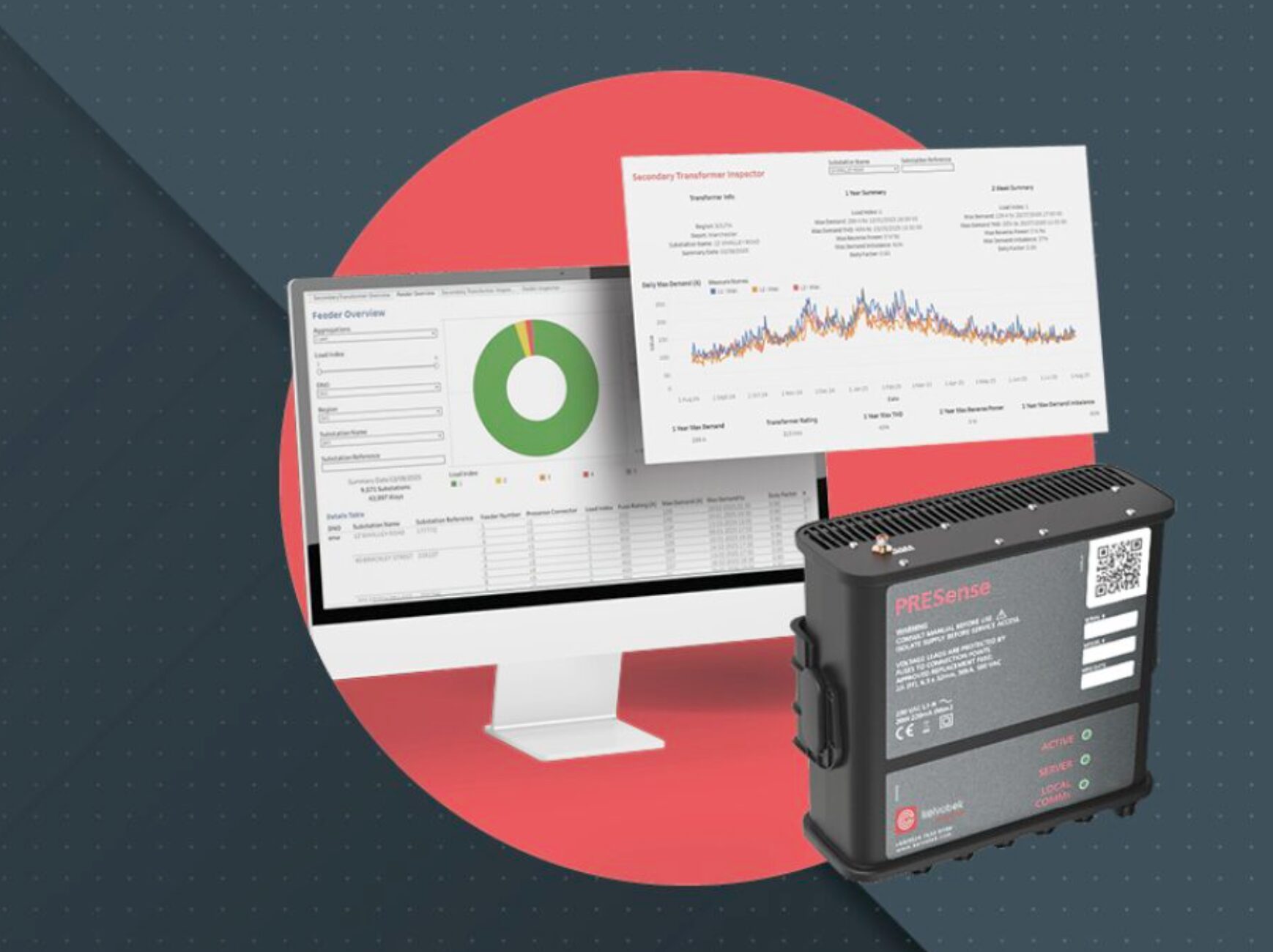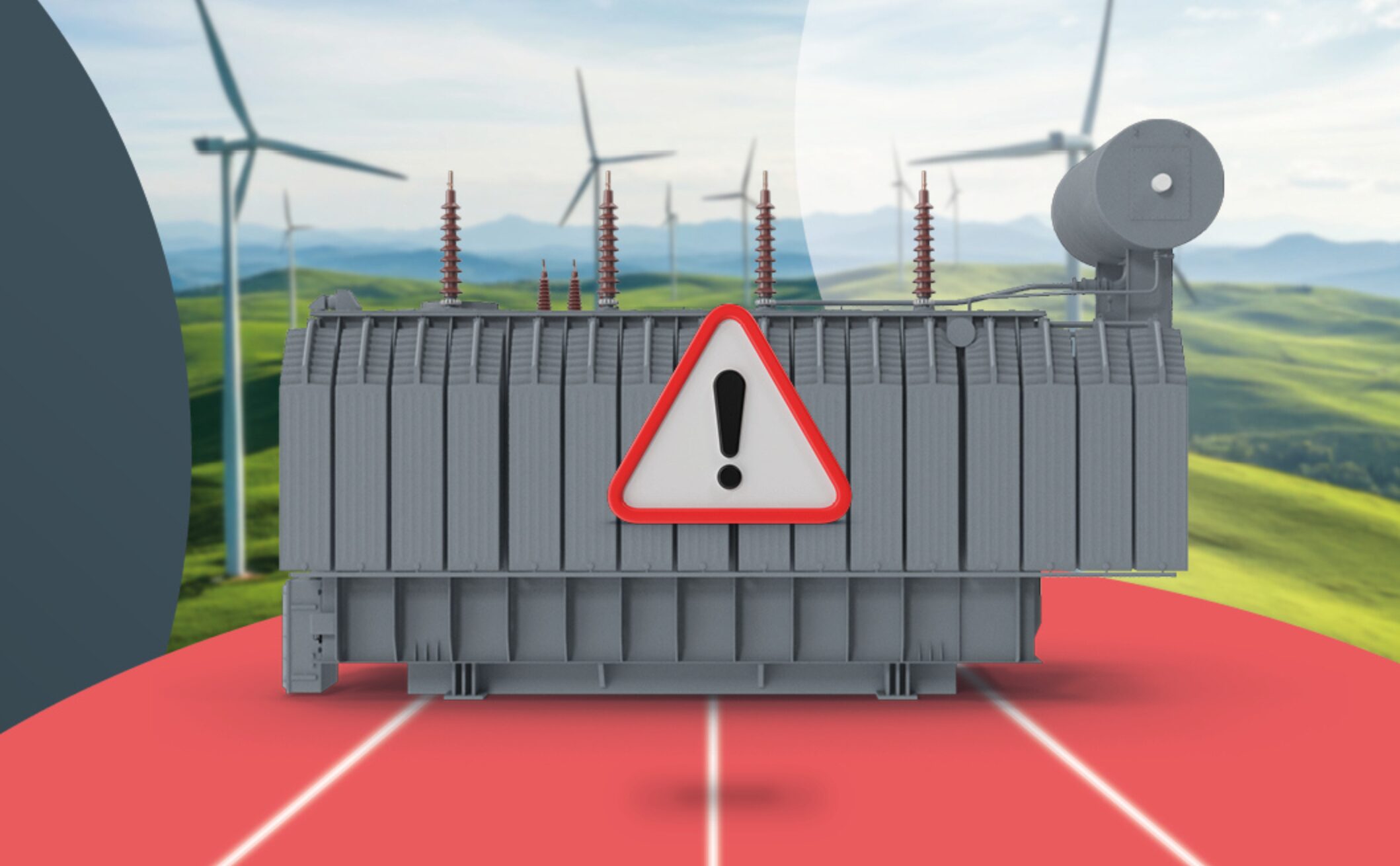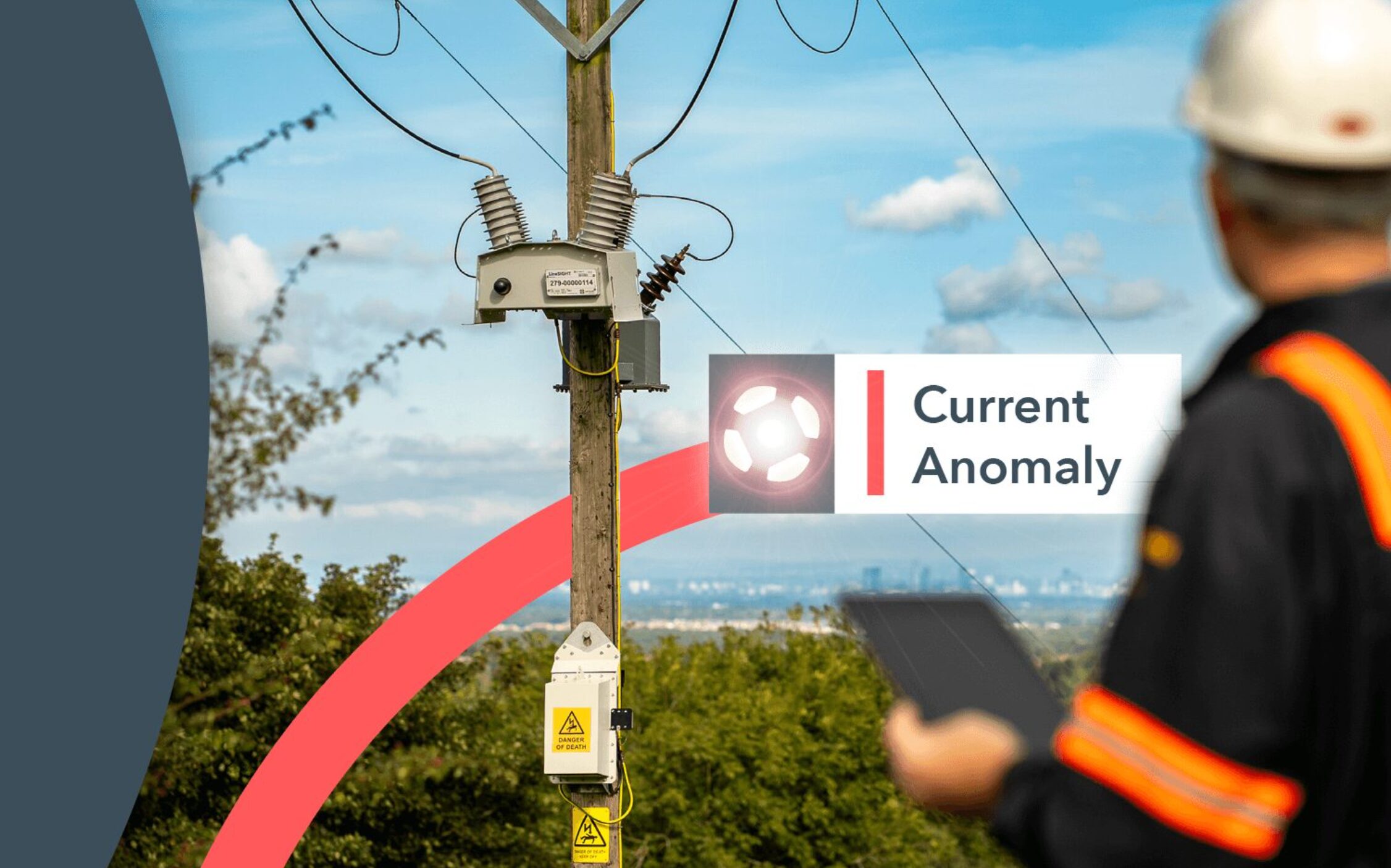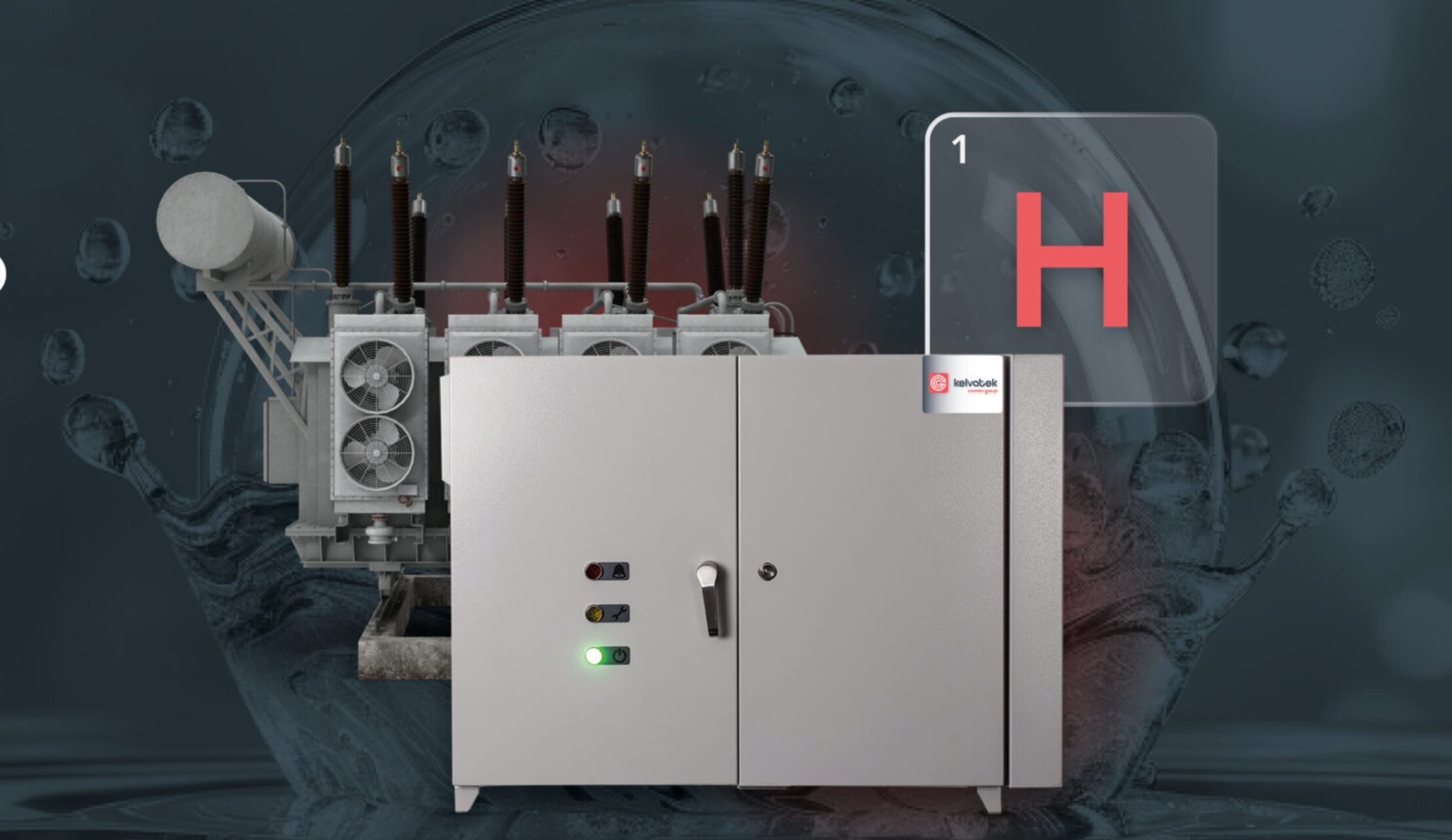Skip to content

Insights
Energy
PRESense | Enabling a smarter network with load indices

Insights
Energy
Transformer Insights: The key components in a transformer and why they fail

Insights
Energy
Transformer lead times: Why it matters to renewables energy producers

Insights
Energy
Electricity North West targets improved safety and resilience with LineSIGHT

Insights
Energy
Five reasons why wind energy providers should invest in transformer monitoring

Insights
Energy
Gas analysis series | Why it’s important to monitor hydrogen in transformers

Insights
Energy
Asset Management: The pivotal role of asset managers on wind farms and the impact of digital transformer technologies.

Insights
Energy
Maximising efficiency: Enhancing asset management with transformer monitoring solutions

Insights
Energy
Gas analysis series | Why it’s important to monitor oxygen in transformers